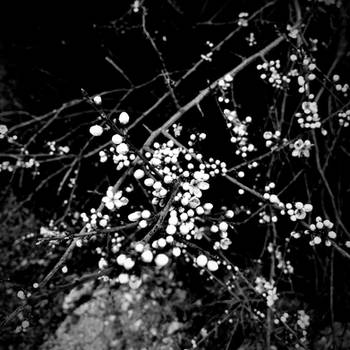ShopDreamUp AI ArtDreamUp
Contrasts of a Curious Mind #5
Anybody who has followed my journals and photography will know that I am very keen on contrasts in photography, particularly those known as Itten contrasts. A quote from one of previous journals Contrasts of a Curious Mind #1 gives a summary:
"...some considerable time ago, a Swiss expressionist painter called Johanes Itten en.wikipedia.org/wiki/Johannes… introduced to his students at the Bauhaus en.wikipedia.org/wiki/Bauhaus the idea of another type of contrast - contrast between characteristics and properties of objects, such as rough and smooth, narrow and wide, horizontal and vertical, curved and linear - was just as important in
Flames in Harmony
Confined, once again, to the house, this time with a painful sciatica, I was listening to a Beethoven symphony, the First as I recall, when I realised that I never could work out why classical music (classical in the widest sense from Baroque to modern era) sounds quite the way it does; complexity has much to do with it but in what way. Thus, with Google at hand in my Smart Phone I rummaged through the Web and came up with the answer, one I'm sure you know, but one of those pieces of information that has long escaped me. The answer is: counterpoint. I had come across the word before but had always thought it meant something to do with beats i
Flame 14 and then Some
My last journal, Flamin' Heck, Mr A!" was a newbie's first concentrated look at the flame fractal software JWildfire ==> http://jwildfire.org/ written and developed by Andreas Maschke. I hadn't realised that Andreas and his collaborator Michael Bourne, one of whose scripts I had used, are members of DeviantArt, so acknowledgements and thanks to Andreas aka thargor6 ~thargor6 (https://www.deviantart.com/thargor6) and Michael aka audiomonk :iconaudiomonk:
One feature of the JWildfire is that upon rendering the images that you wish to keep the resulting files are created as PNG and HDR files. PNG files are more or less like JPEG files and give an exact render of what you h
Flamin' Heck, Mr A!
Recently, my good friend Jenny, Lady-Compassion (https://www.deviantart.com/lady-compassion), suggested that I have a look at a recent version of Apophysis, a software system that generates fractal flames. Almost simultaneously Lea, Leanndra51 (https://www.deviantart.com/leanndra51) drew my attention to another version of flame fractal software called JWildfire which makes use of the basic algorithms of Apophysis but presents them in a fresh manner with lots of extras built in. Jwildfire has been written by Andreas Maschke with the help of many contributors. Two links to the system are: http://www.andreas-maschke.com/?page_id=351 https://www.jwfsanctuary.club/, the first gives access to downloads and the second to t
Featured in Groups
Comments14
Join the community to add your comment. Already a deviant? Log In
Lovely images 







